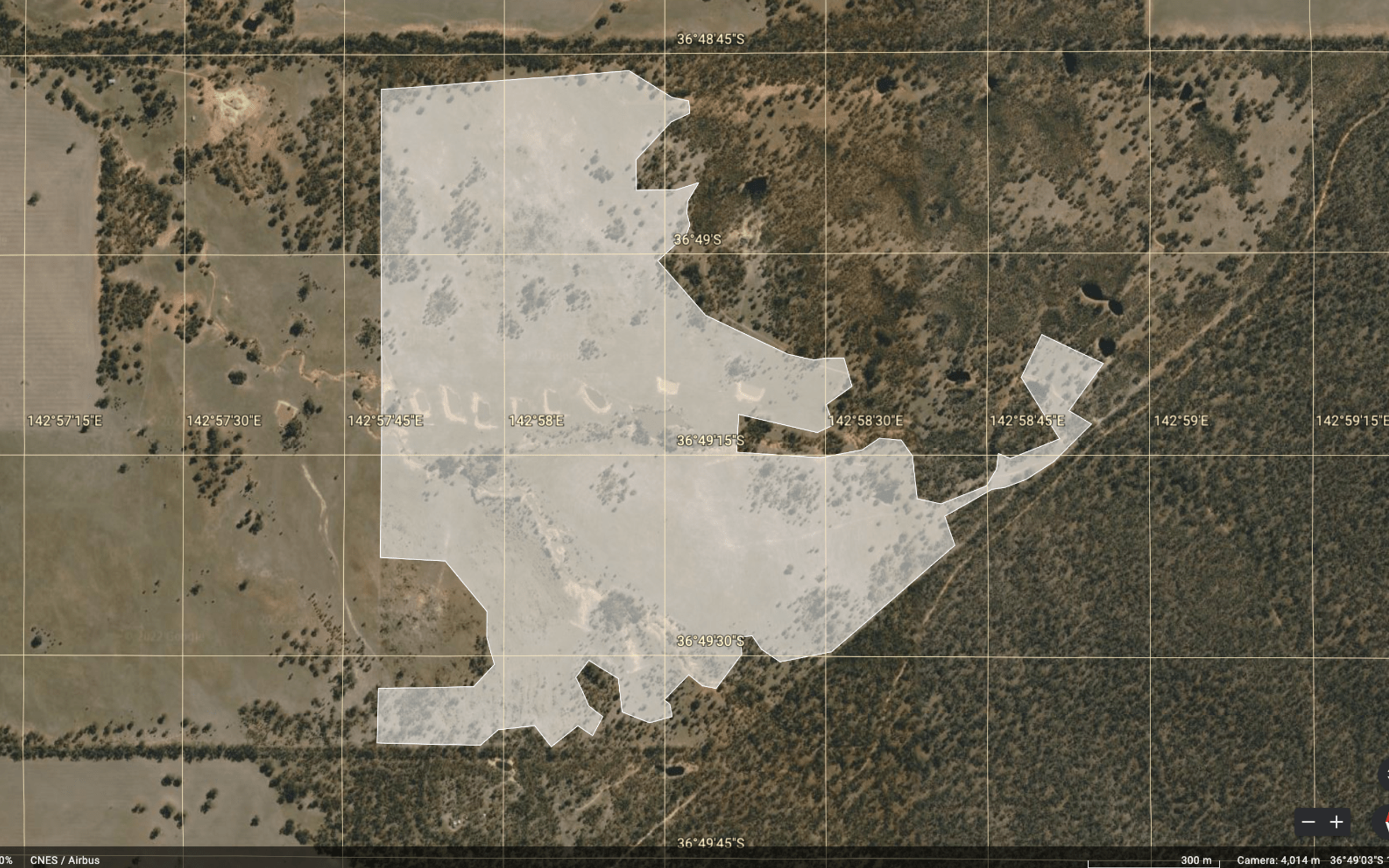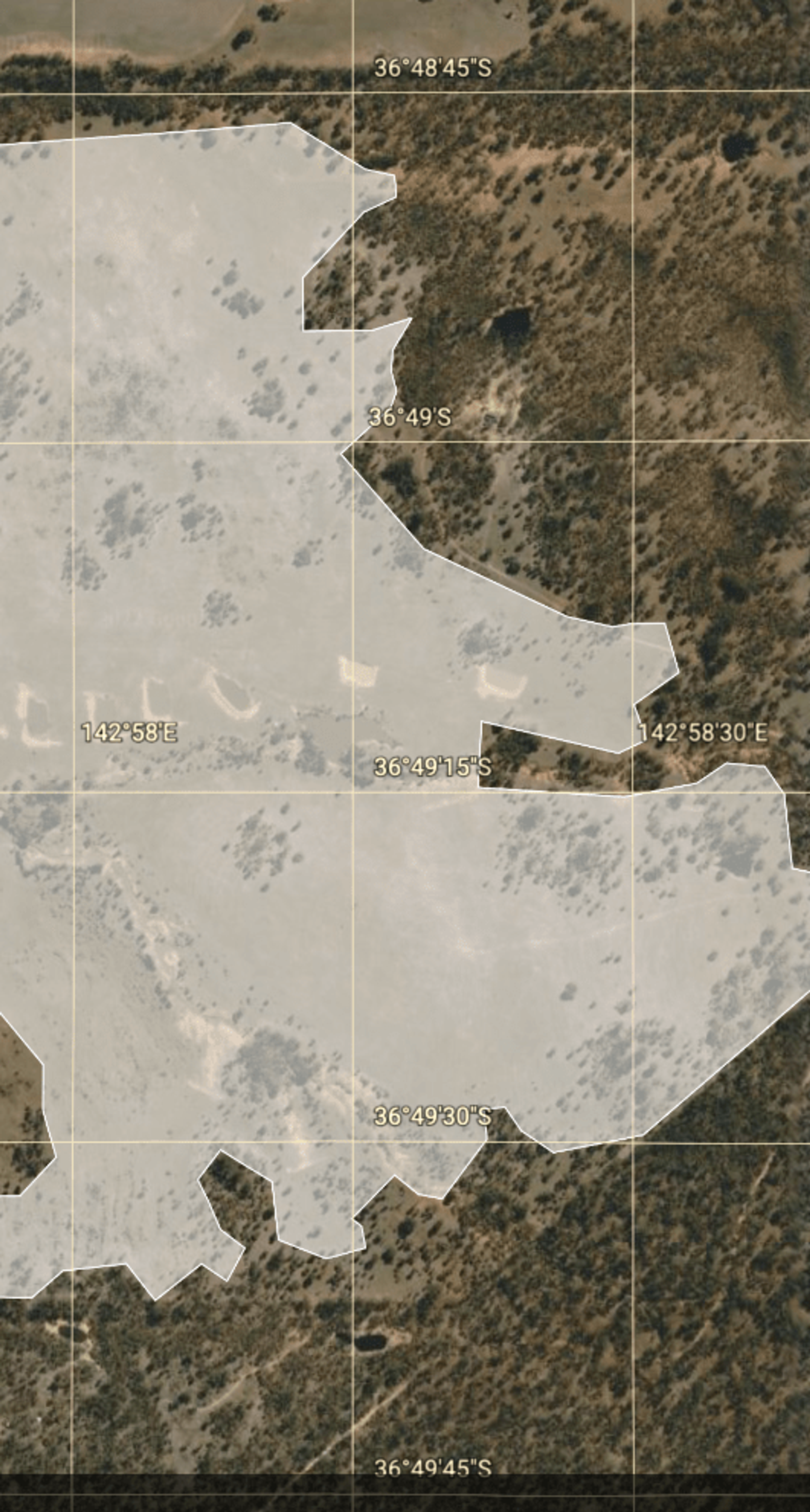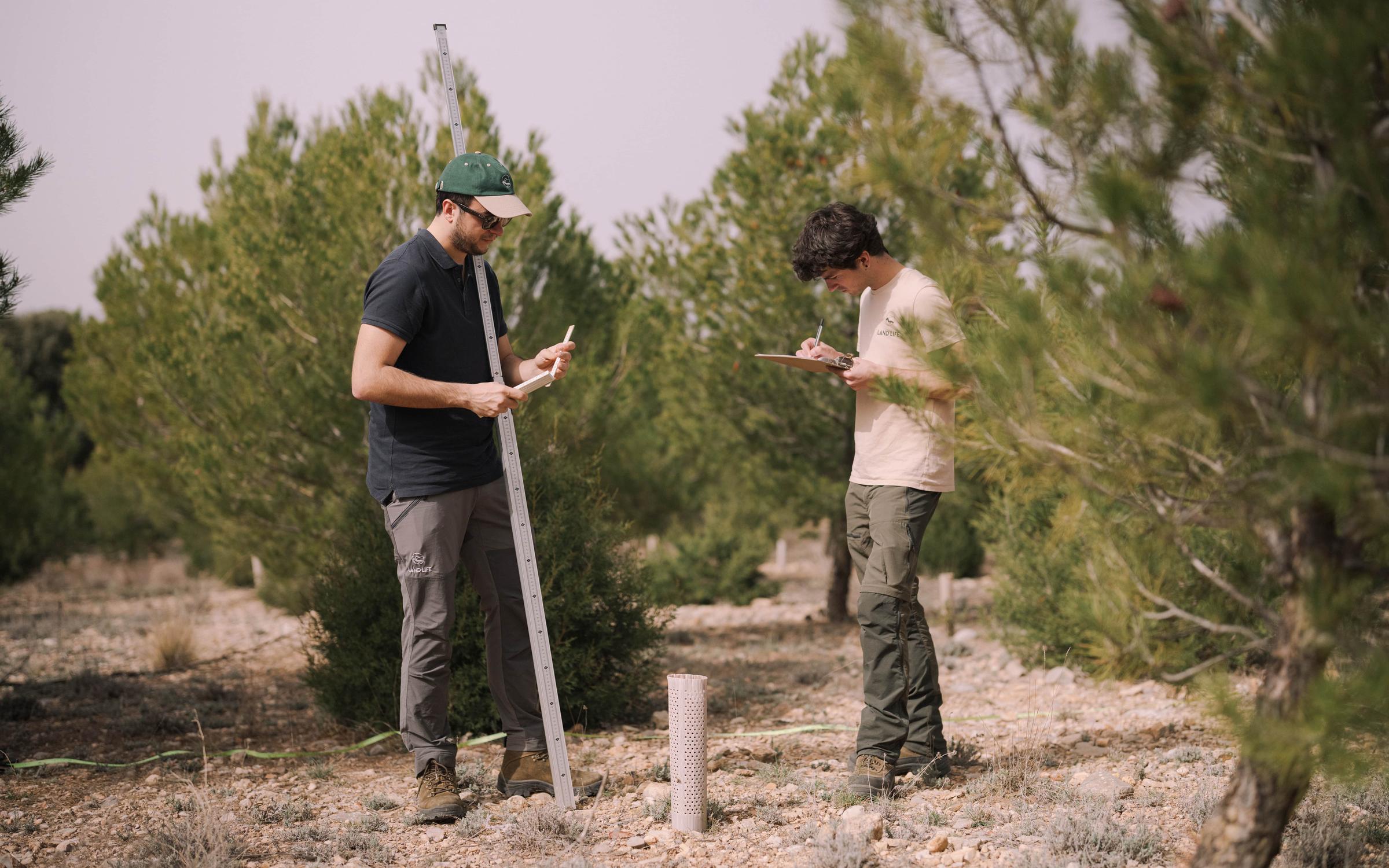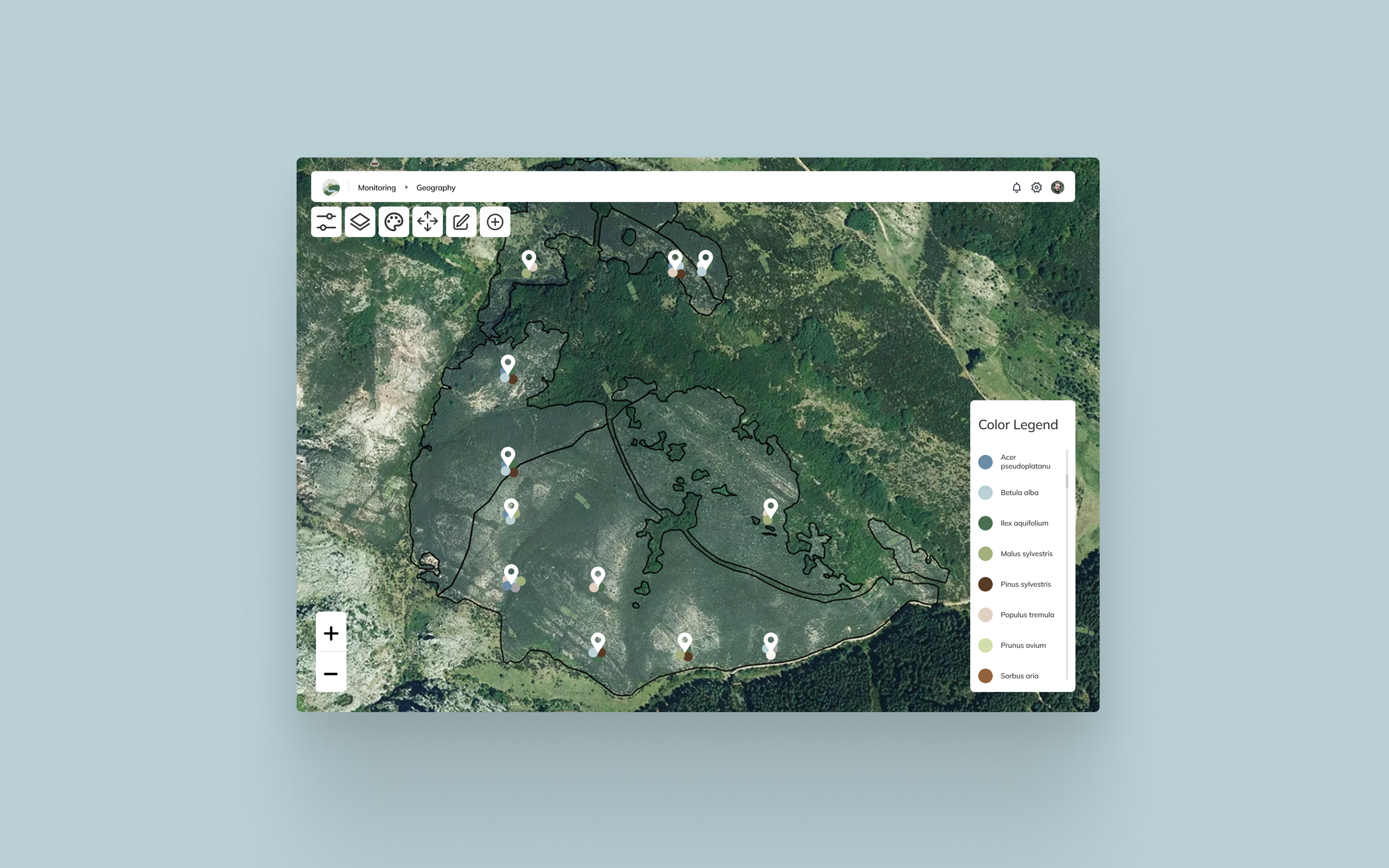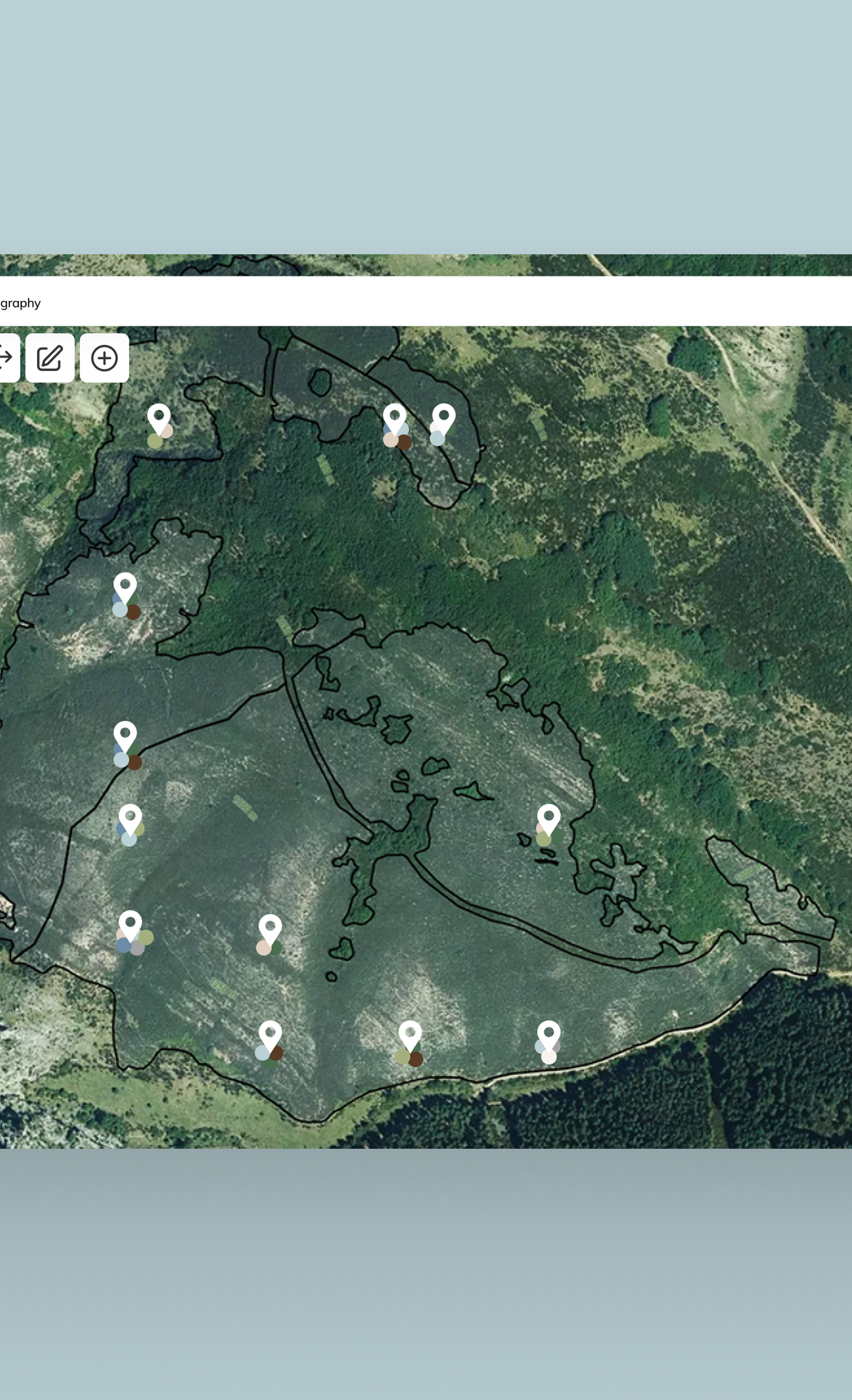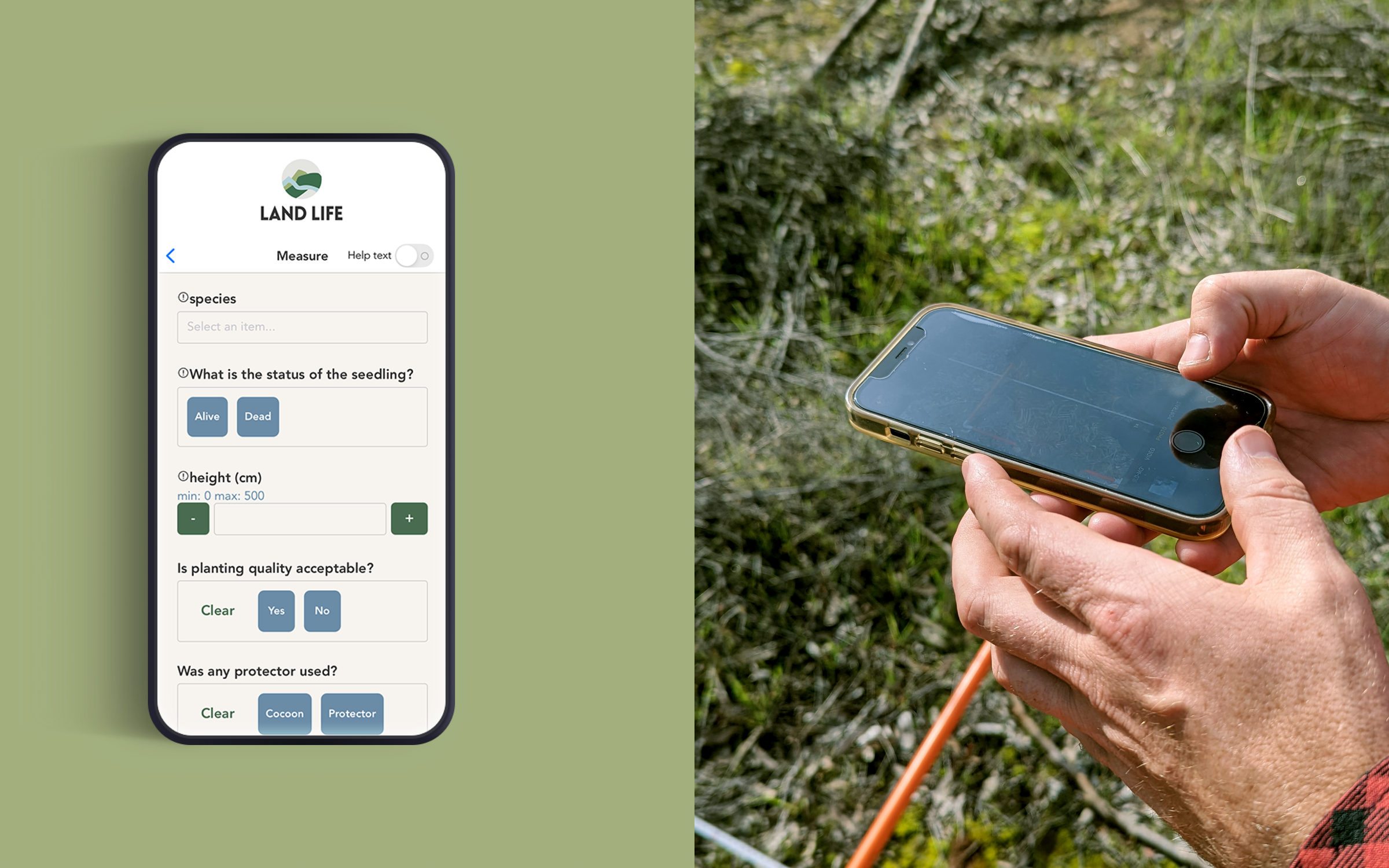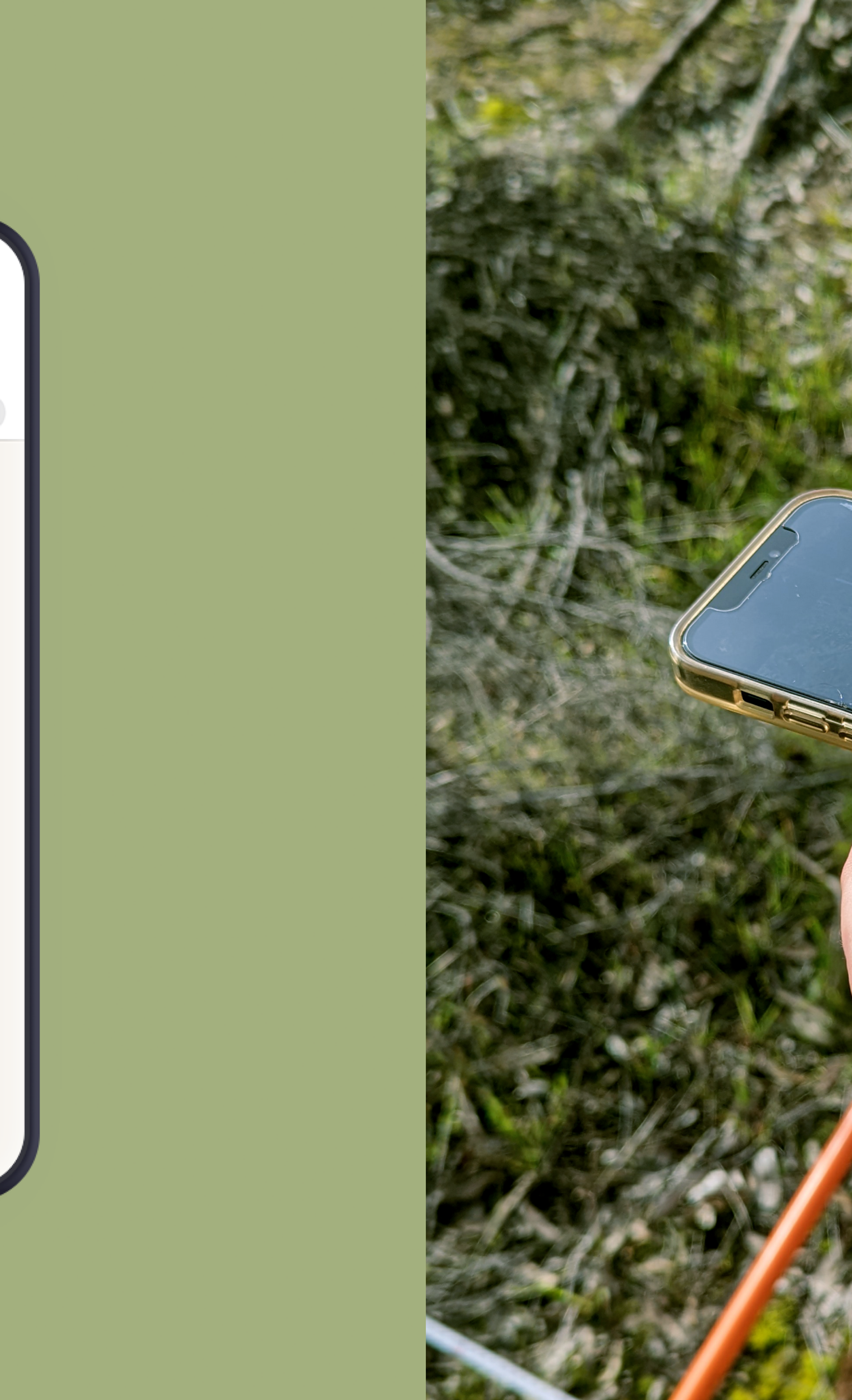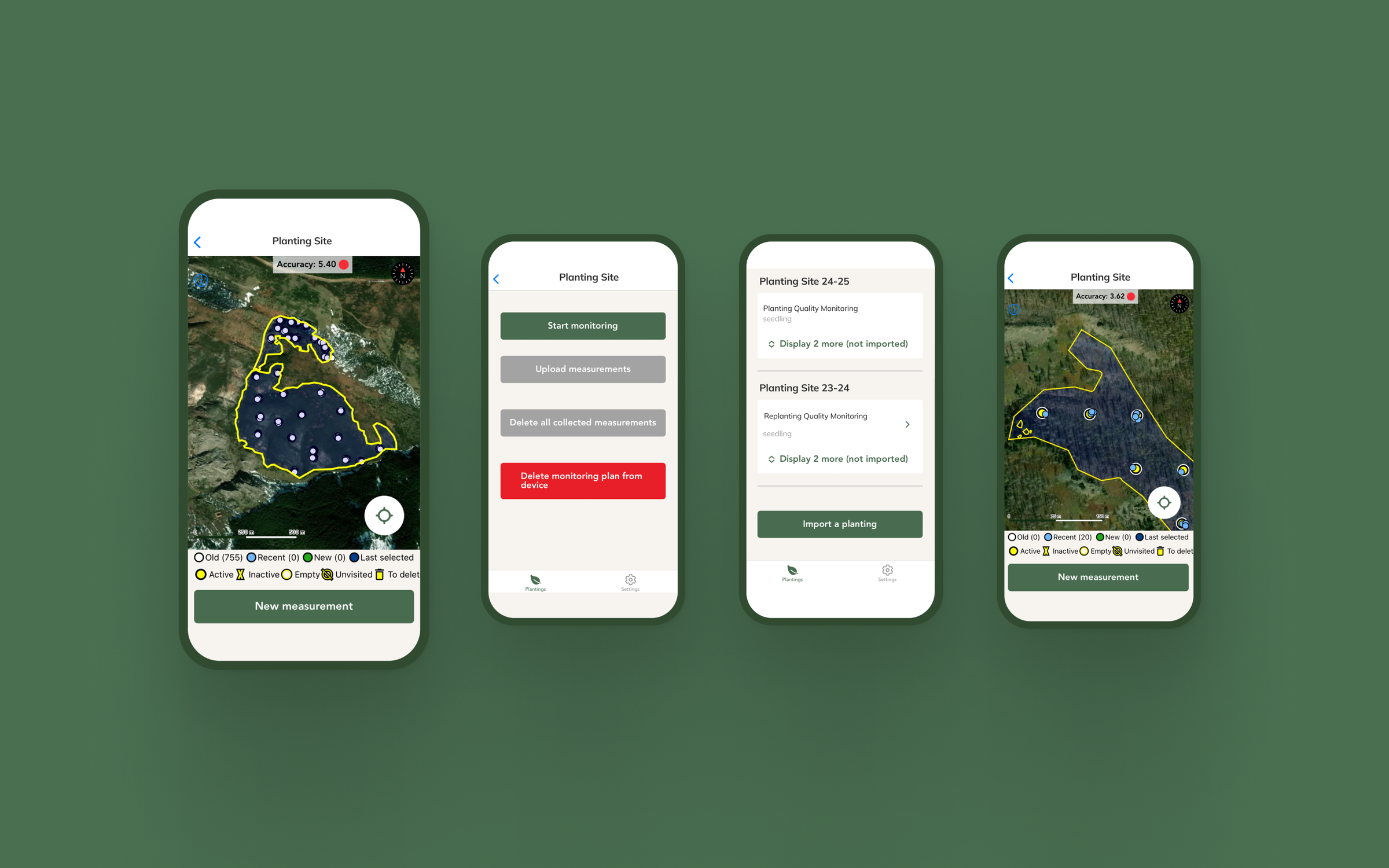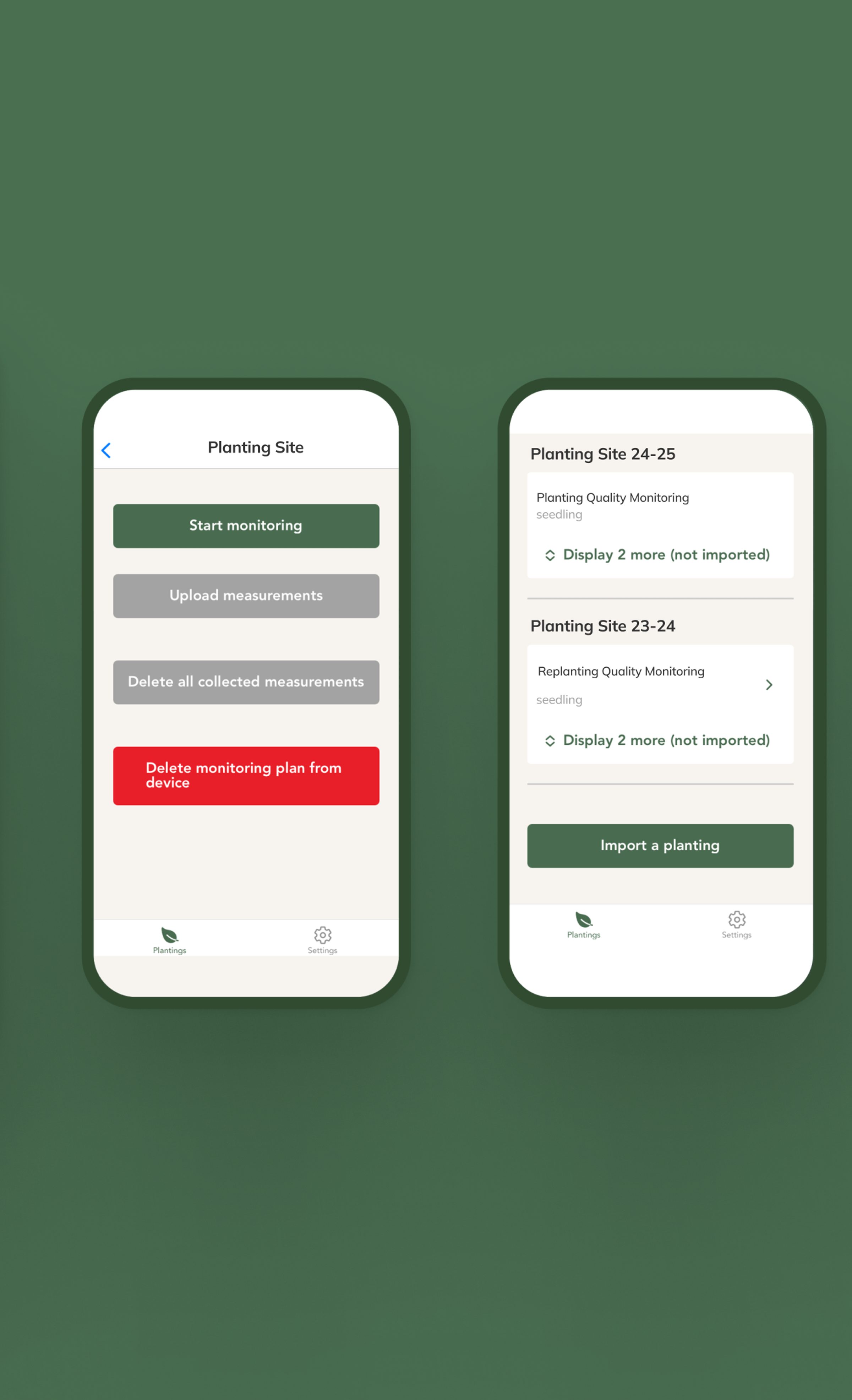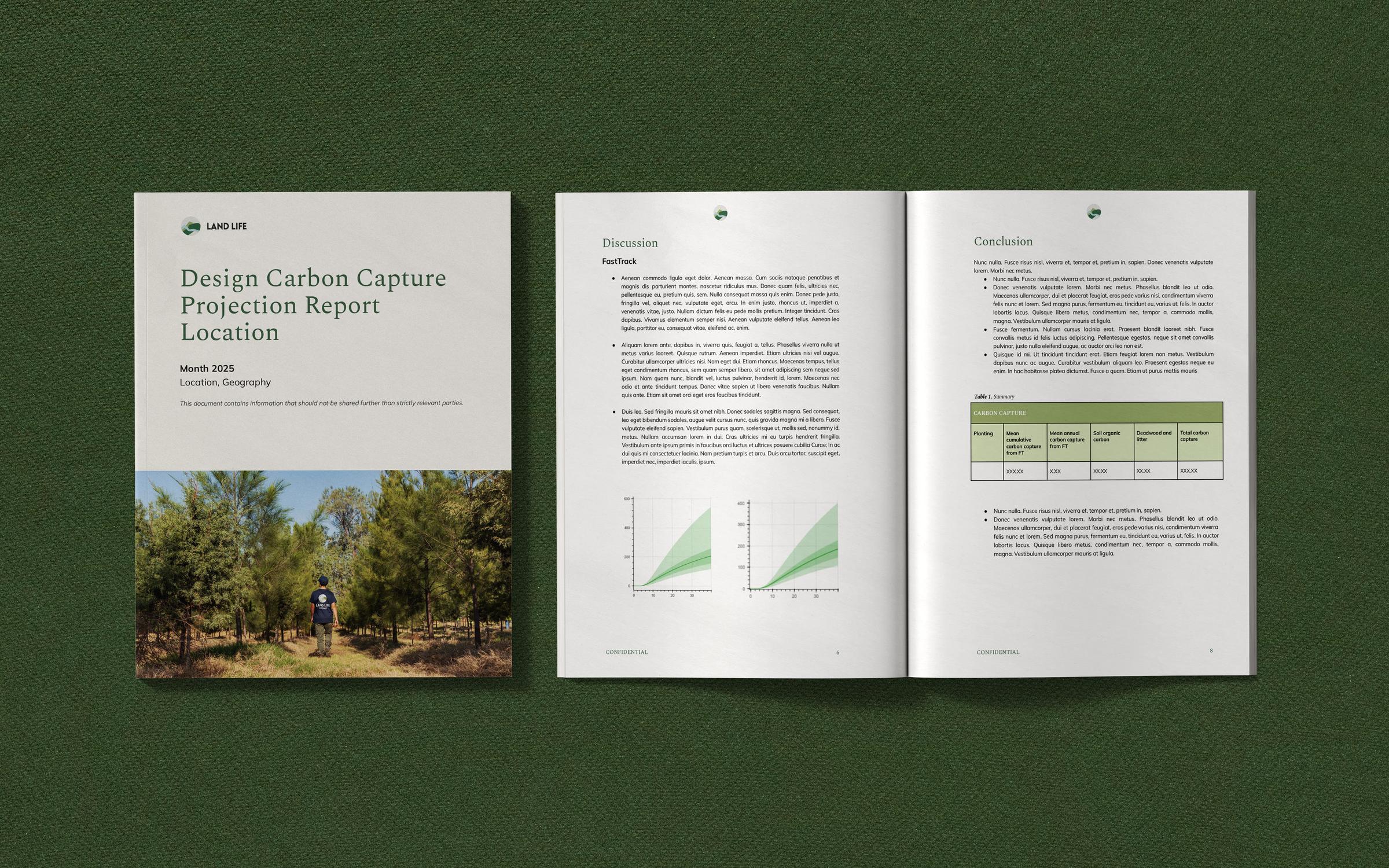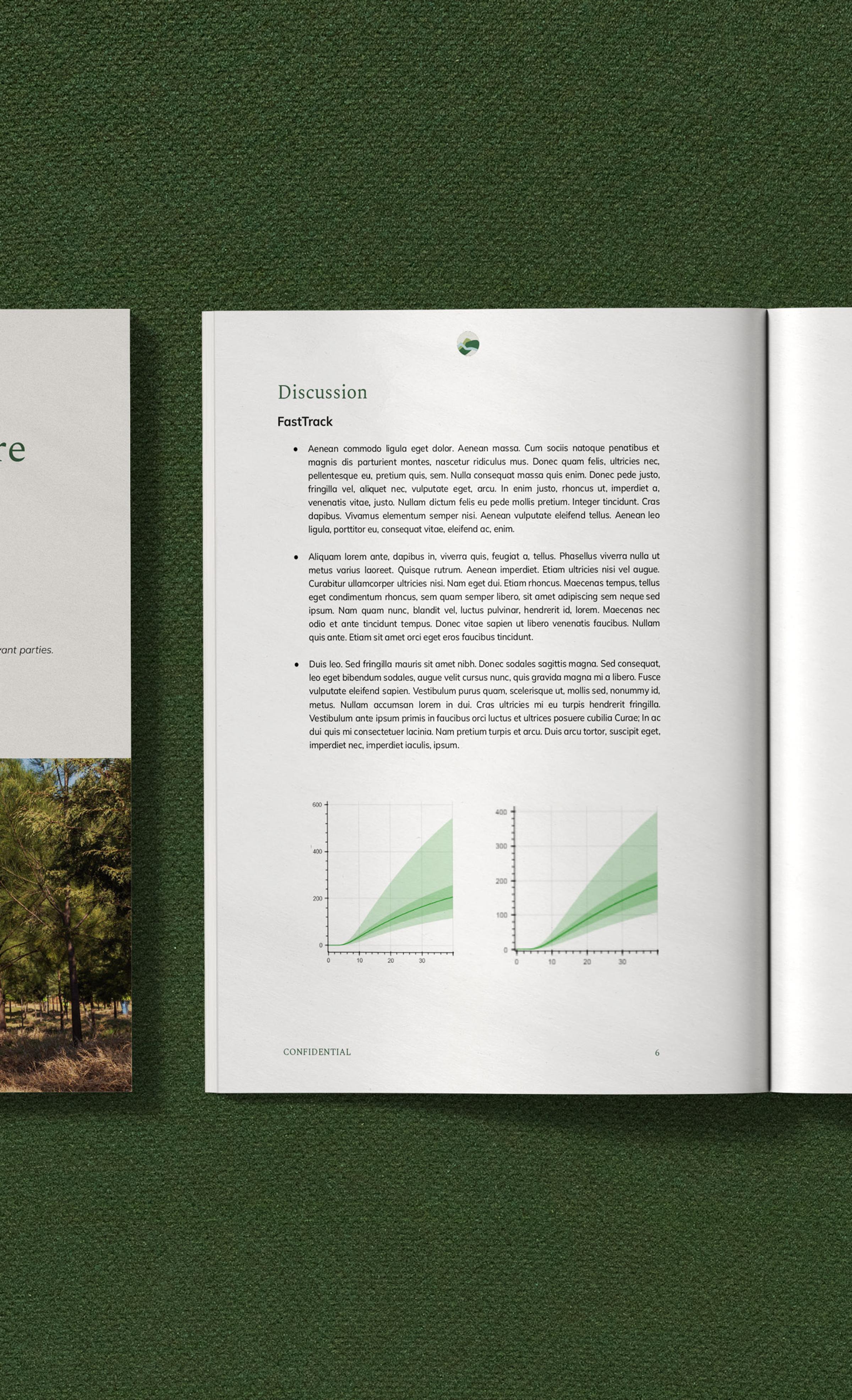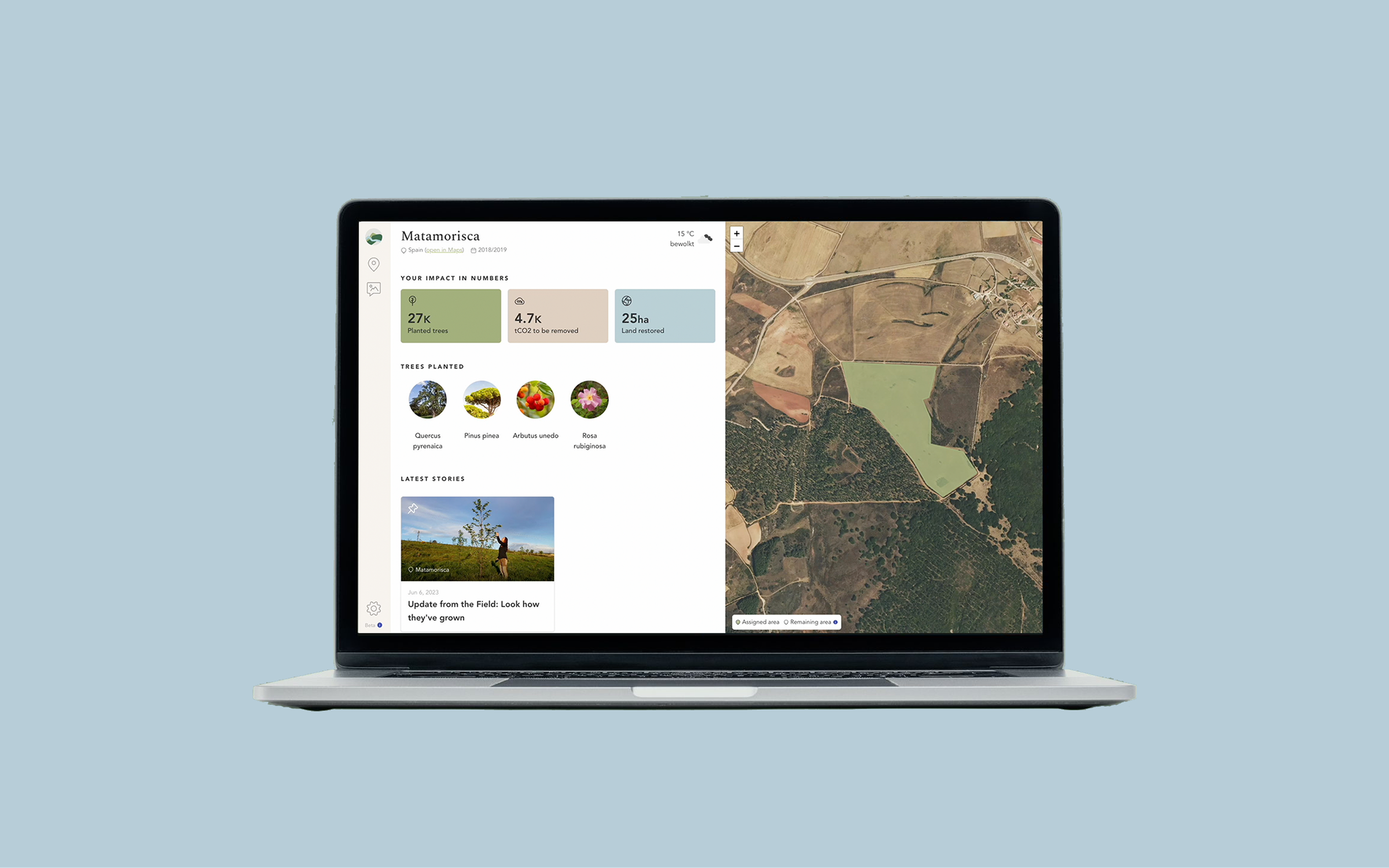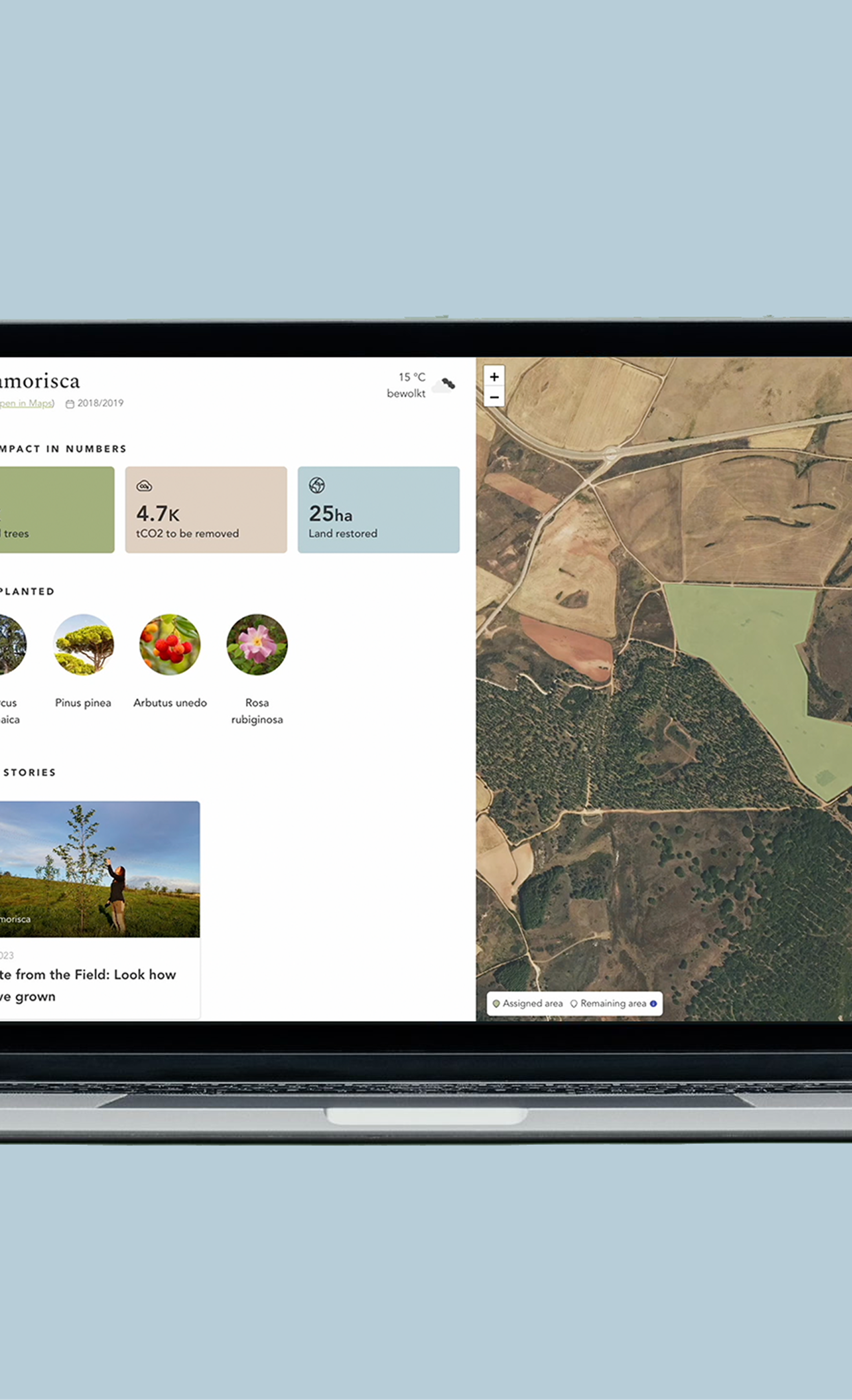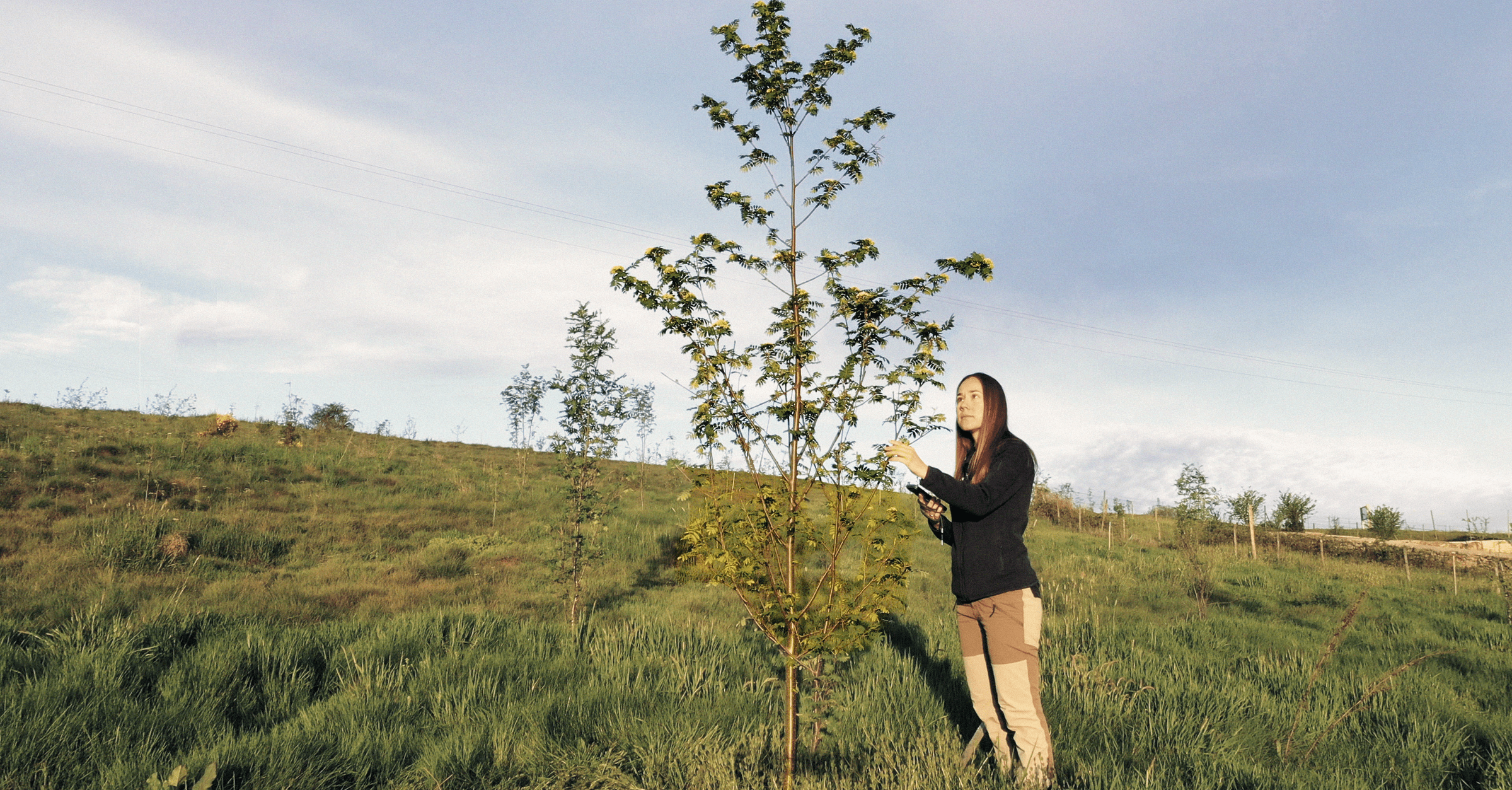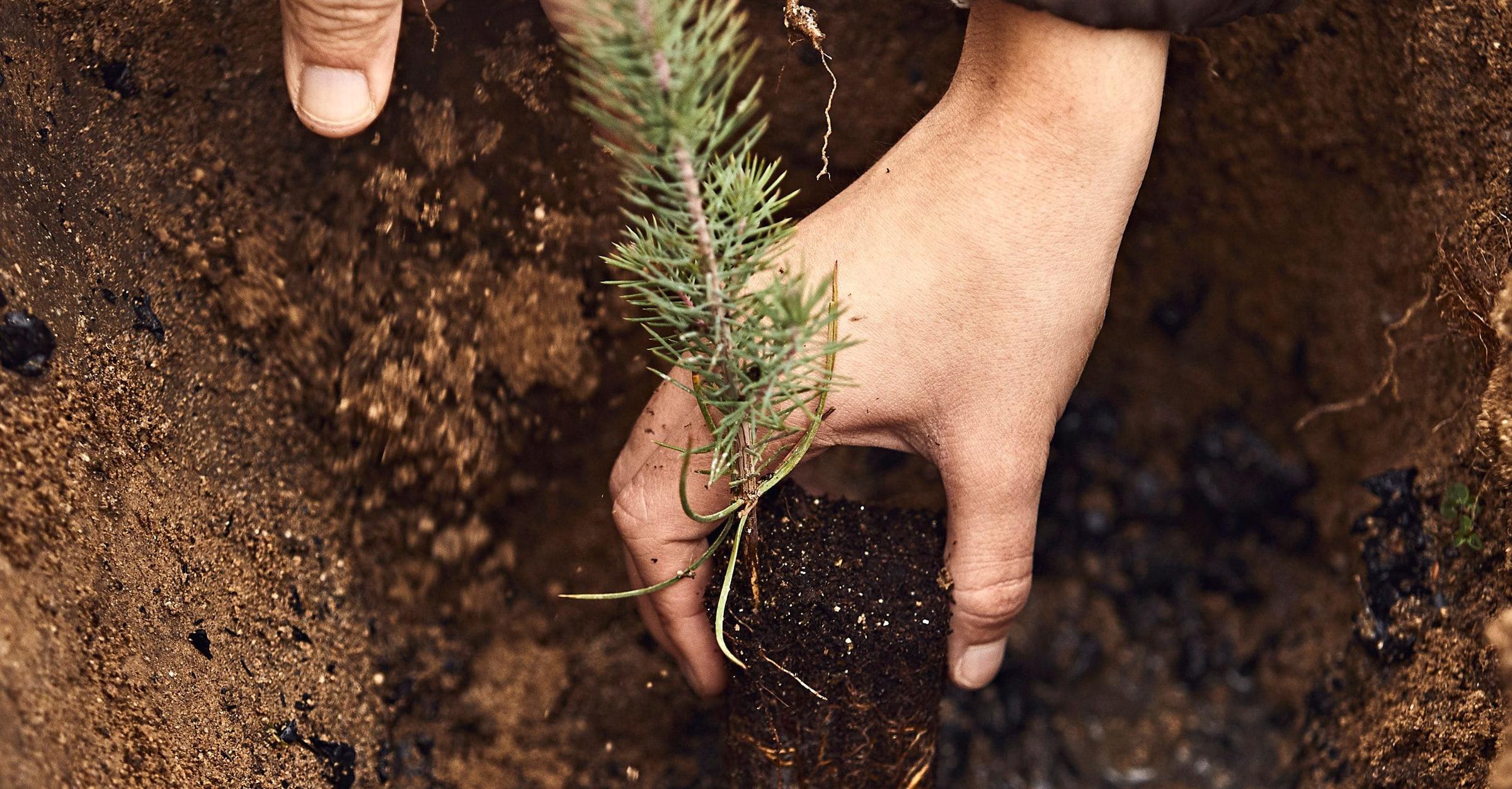Monitoring is how Land Life turns a restoration project into a lasting forest.
Combining expert fieldwork with purpose-built technology, our system tracks every project from its first seedling to a thriving, carbon-storing ecosystem – providing partners with the proof and confidence that restoration is effective.
Why we monitor
At Land Life, we measure our impact not by the number of trees we plant, but by how many survive and thrive. Thriving forests restore biodiversity, store carbon, and remain resilient for generations, providing vital ecosystem benefits.
Monitoring gives us, and our partners, the hard data to both ensure and prove our success.
Monitoring matters for three main reasons:
- Early detection and prevention – By monitoring in the field as planting happens (or monitoring as close to planting as possible), our operations managers can spot and fix quality issues early, preventing small problems from becoming big ones.
- Remediation – If survival rates aren’t meeting targets, we can replant or take other corrective actions before the impact is lost.
- Measurement of outcomes – Robust monitoring provides the evidence to quantify results, from carbon storage and biodiversity gains to broader ecological health. This includes the data required for carbon credit issuance, but also gives landowners and partners clear proof that restoration is delivering on its initial design.
Put simply, monitoring is the link between intention and impact. It’s how we keep our promise of high-integrity restoration.
